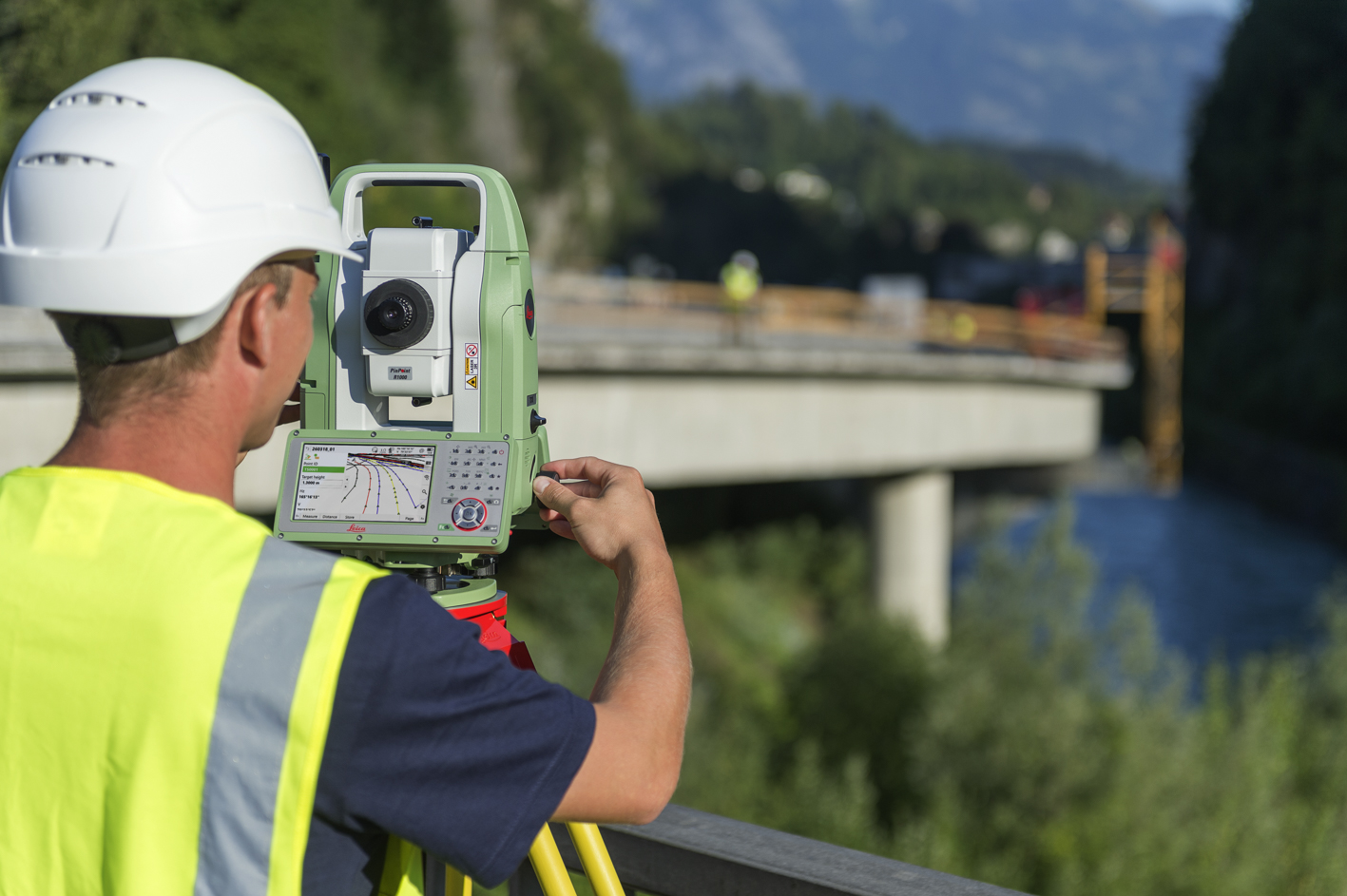Published: 28 Aug 2024
Work in the geospatial profession is always very varied and, as every land surveyor knows, some projects can be extremely complicated, with many different parties involved. For this reason, a land surveyor, who is ideally involved from the very beginning of a programme of work, has to take a really holistic approach to enable the entire project to be carried out successfully.
Being wholly holistic
Clients need to understand the environment in which they will be operating. It is part of the surveyor’s role to be able to explain it to them. Crucially, surveyors also need to make sure that their client has all the information they need, not just what they ask for. Surveyors need to understand every detail of the potential problems facing the project, many of which may be completely unforeseen by the client. This starts with asking the right questions before, during and after a survey, as building up an accurate picture from the start will prevent further issues from occurring further down the line.
Taking a collaborative approach
A collaborative approach is really key. Quite often, one of our member survey firms will work alongside another if they each have highly specialist skills. For example, if a railway operator experiences a very damaging flood on a railway line that will need extensive remedial works, they will need to call on surveyors with a number of different skills to assess the work that needs doing. As well as those who have the expertise and safety training to be working on water and can also carry out a topographical and a bathymetric survey, they will need surveyors who have the necessary skills and specific training to be working on railway lines too. Such a specialist range of skills may require two or more surveying firms to work together to get the job done as efficiently, accurately and swiftly as possible.
Building relationships is a vital part of our role too. As well as collaborating with fellow professionals, depending on the project, surveyors often have to deal with multiple other parties too. One member has described carrying out a successful project as being like completing a complex jigsaw puzzle. Take, as an example, works taking place on a river. The client might be a water operator, but a whole series of landowners, from individuals to corporates, may be involved too, and they will all need to be brought on side to enable a project to be successfully completed. The ability to forge and sustain working relationships and work collaboratively in situations like these is really important and can dictate the success or failure of a project.
To find out more about the value of geospatial and the range of surveying specialisms provided by TSA members, visit www.tsa-uk.org.uk.

